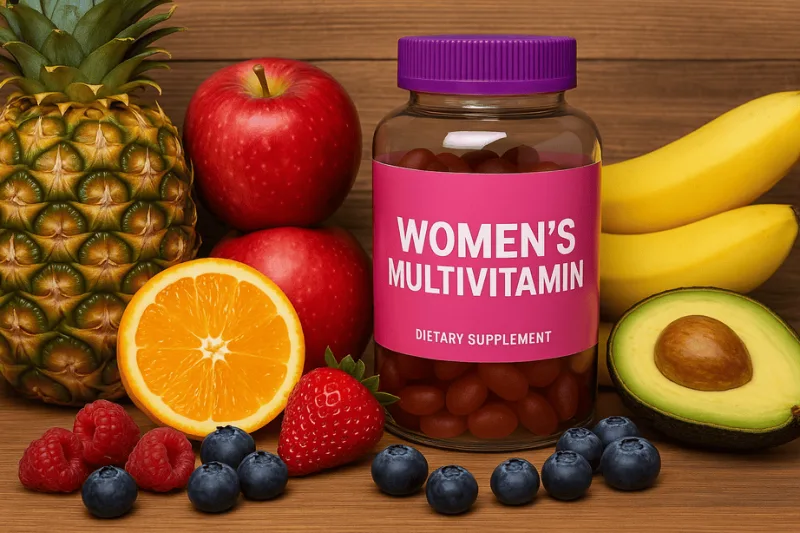Discover seven scientifically-backed superfoods that can help manage type 2 diabetes. Discover how these natural foods support blood sugar control and overall metabolic health.
What Is Type 2 Diabetes and Why Does Diet Matter?
Type 2 diabetes is a common metabolic disorder marked by persistent high blood sugar and the body’s reduced ability to respond to insulin effectively. In contrast to type 1 diabetes—which results from the immune system mistakenly attacking the insulin-producing cells in the pancreas—type 2 diabetes usually develops due to a combination of genetic predisposition and lifestyle-related factors, such as poor dietary choices, physical inactivity, and being overweight gradually, the function of pancreatic beta cells may weaken, making it more and more difficult to keep blood sugar levels within a healthy range.
Thoughtful dietary changes play a crucial role in managing type 2 diabetes and promoting long-term metabolic health. Incorporating “superfoods”—nutrient-dense foods rich in bioactive compounds—into one’s diet can positively influence metabolic pathways, reduce inflammation, and improve insulin sensitivity. This article examines seven superfoods backed by scientific research that can help regulate blood sugar levels and improve metabolic health in individuals with type 2 diabetes.
Understanding Type 2 Diabetes and the Role of Nutrition
Factors Contributing to Type 2 Diabetes
Type 2 diabetes arises when the body’s cells become resistant to insulin or when the pancreas fails to produce sufficient insulin. Key risk factors include:
- Obesity, particularly abdominal fat accumulation
- A sedentary lifestyle and lack of physical activity
- Unhealthy dietary habits, high in refined sugars and saturated fats
- Genetic predisposition and family history of diabetes
- Advancing age
- Metabolic syndrome
Addressing these modifiable risk factors through lifestyle changes can significantly reduce the risk of developing type 2 diabetes or slow its progression.

The Importance of Dietary Interventions
Nutrition forms the foundation of both preventing and living well with type 2 diabetes. Eating a diet rich in fiber, low-glycemic carbohydrates, antioxidants, and anti-inflammatory foods has been shown to help in several key ways, including:
- Improve insulin sensitivity
- Lower postprandial blood glucose levels
- Reduce systemic inflammation
- Protect pancreatic beta-cell function
Superfoods, in particular, offer a concentrated source of these beneficial nutrients, making them valuable additions to a diabetes-friendly diet.
What Are Superfoods and Their Significance in Type 2 Diabetes?
Defining Superfoods
Superfoods are foods that are exceptionally rich in nutrients and bioactive compounds, offering health benefits beyond basic nutrition. For individuals with type 2 diabetes, certain superfoods can aid in glycemic control and reduce the risk of complications.
Mechanisms of Action in Blood Sugar Regulation
Superfoods can influence blood glucose levels through various mechanisms:
- Inhibition of carbohydrate-digesting enzymes (e.g., alpha-amylase and alpha-glucosidase), slowing glucose absorption
- Enhancement of insulin sensitivity in peripheral tissues
- Reduction of oxidative stress and inflammation
- Modulation of gut hormones involved in glucose metabolism
Incorporating these foods into the diet can provide a multifaceted approach to managing type 2 diabetes.
Top 7 Superfoods for Managing Type 2 Diabetes
1- Seaweed
Rich in soluble fiber, fucoidan, and fucoxanthin, seaweed has been shown to:
- Inhibit digestive enzymes, reducing glucose absorption
- Improve lipid profiles
- Exhibit anti-inflammatory properties
Studies indicate that seaweed supplementation can lower fasting blood glucose and HbA1c levels.

2- Flaxseeds
Flaxseeds are packed with omega-3 fatty acids, lignans, and soluble fiber—all of which can work together to:
- Enhance insulin sensitivity
- Lower blood glucose and cholesterol levels
Regular intake has been linked to improved glycemic control and lipid profiles.
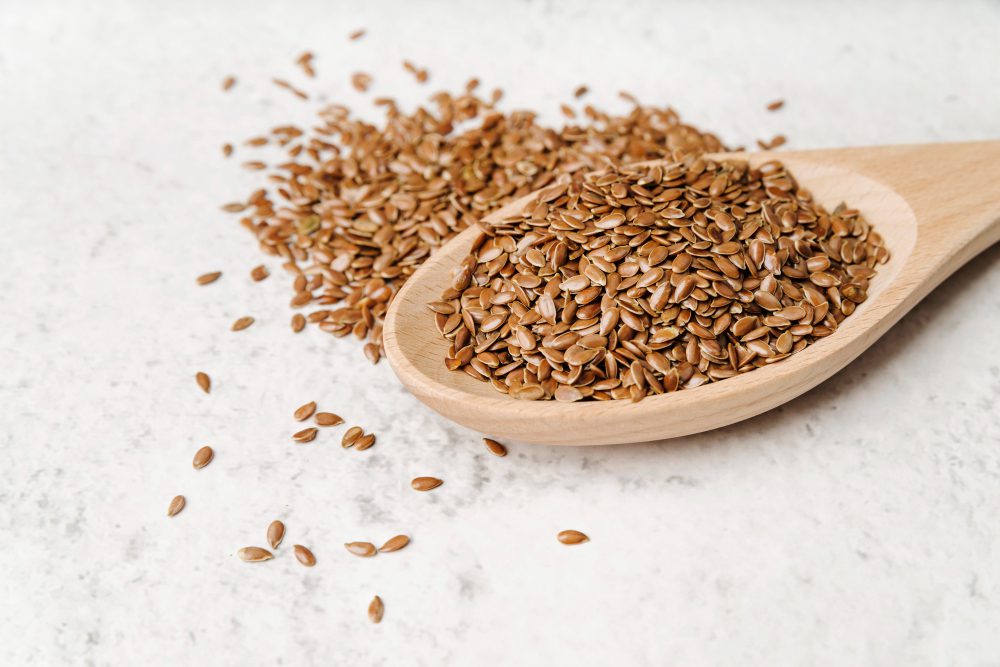
3- Ginger
Gingerols and shogaols in ginger have:
- Anti-inflammatory effects
- Improved insulin sensitivity
- Reduced fasting blood glucose levels
Clinical studies have shown that these interventions can help lower fasting blood sugar levels and improve the body’s ability to respond to insulin effectively.

4- Garlic
Allicin, a compound in garlic, is associated with:
- Stimulating insulin secretion
- Improving lipid profiles
- Reducing blood pressure
Consumption has been associated with decreased blood glucose and cholesterol levels.
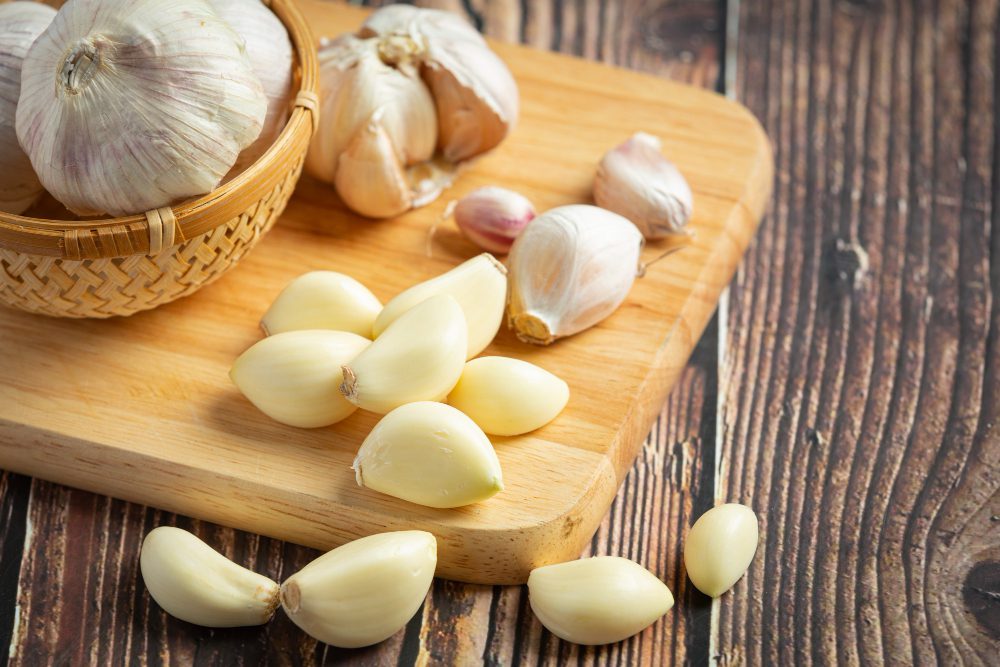
5- Blueberries
High in anthocyanins and polyphenols, blueberries can:
- Enhance insulin sensitivity
- Lower postprandial glucose levels
- Provide antioxidant benefits
Research has shown that these foods can enhance insulin sensitivity while also reducing markers of oxidative stress in the body.
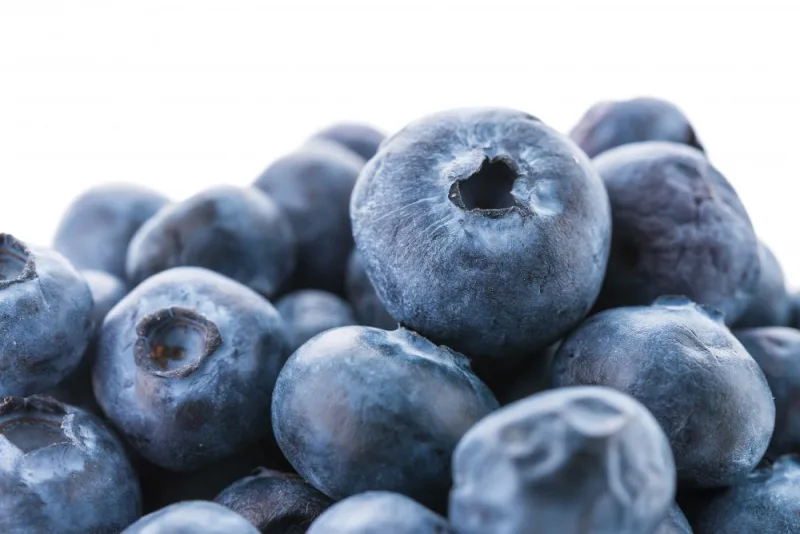
6- Chia Seeds
Packed with fiber, omega-3s, and protein, chia seeds:
- Slow carbohydrate digestion
- Promote satiety
- Stabilize blood glucose levels
Intake has been correlated with lower postprandial glucose spikes.
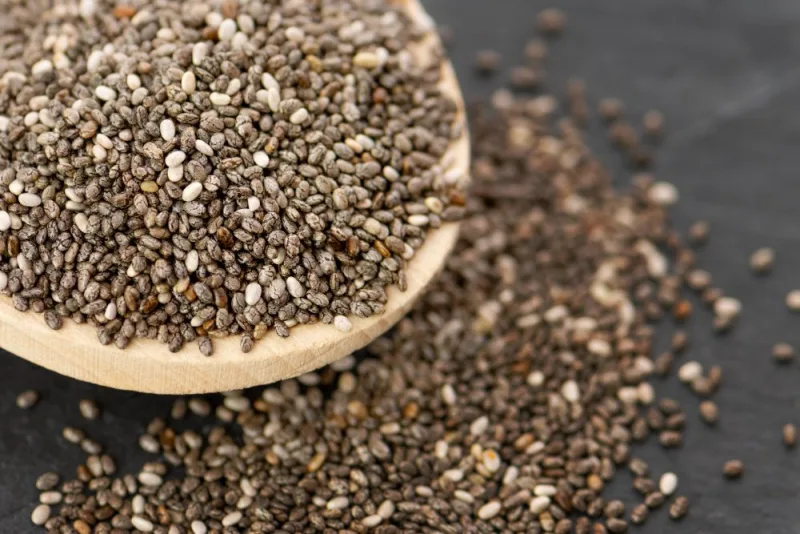
7- Avocado
Rich in monounsaturated fats and potassium, avocados:
- Improve lipid profiles
- Enhance insulin sensitivity
- Support cardiovascular health
Diets rich in avocado have been shown to enhance insulin sensitivity and improve lipid profiles.
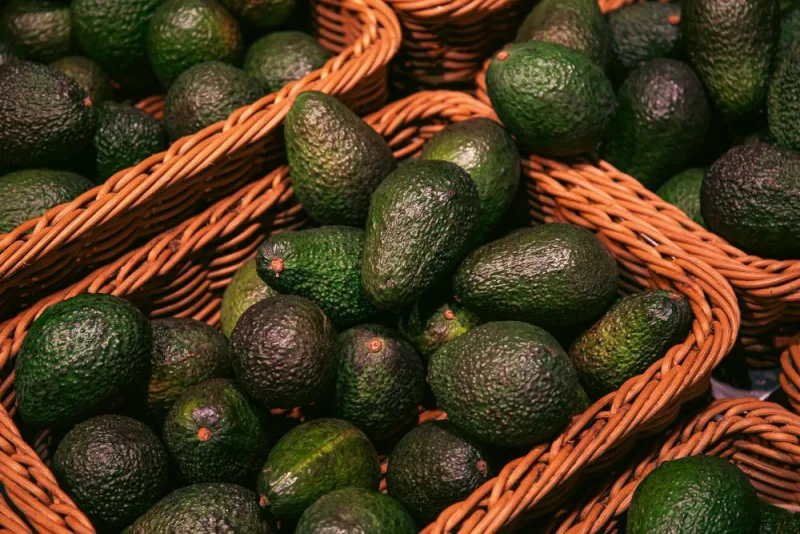
Scientific Evidence Supporting Superfoods in Type 2 Diabetes
Clinical Studies
- Seaweed: Studies indicate that seaweed supplementation can lower fasting blood glucose and HbA1c levels.
- Flaxseeds: Regular intake has been linked to improved glycemic control and lipid profiles.
- Ginger: Clinical trials have demonstrated reductions in fasting blood glucose and improvements in insulin sensitivity.
- Garlic: Consumption has been associated with decreased blood glucose and cholesterol levels.
- Blueberries: Research shows improved insulin sensitivity and reduced oxidative stress markers.
- Chia Seeds: Intake has been correlated with lower postprandial glucose spikes.
- Avocado: Diets that include avocado have shown enhanced insulin sensitivity and improved lipid profiles.
Incorporating Superfoods into Your Daily Diet
Practical Tips
- Breakfast: Add chia seeds and blueberries to oatmeal or yogurt.
- Lunch: Include avocado slices in salads or sandwiches for a healthy addition.
- Dinner: Add garlic and ginger to stir-fries or soups for a flavorful touch.
- Snacks: Enjoy a handful of flaxseeds or seaweed snacks.
Safety Considerations
Allergies: Be mindful of potential allergic reactions when introducing new foods into your diet. It’s always wise to start with small amounts and observe how your body responds.
Interactions: If you’re taking any medications, it’s essential to consult your healthcare provider before incorporating superfoods into your diet. Certain foods can interact with drugs and potentially alter how well they work.
Portion Control: Even nutrient-rich foods should be eaten in moderation. Overconsumption can still lead to imbalances or unwanted side effects.
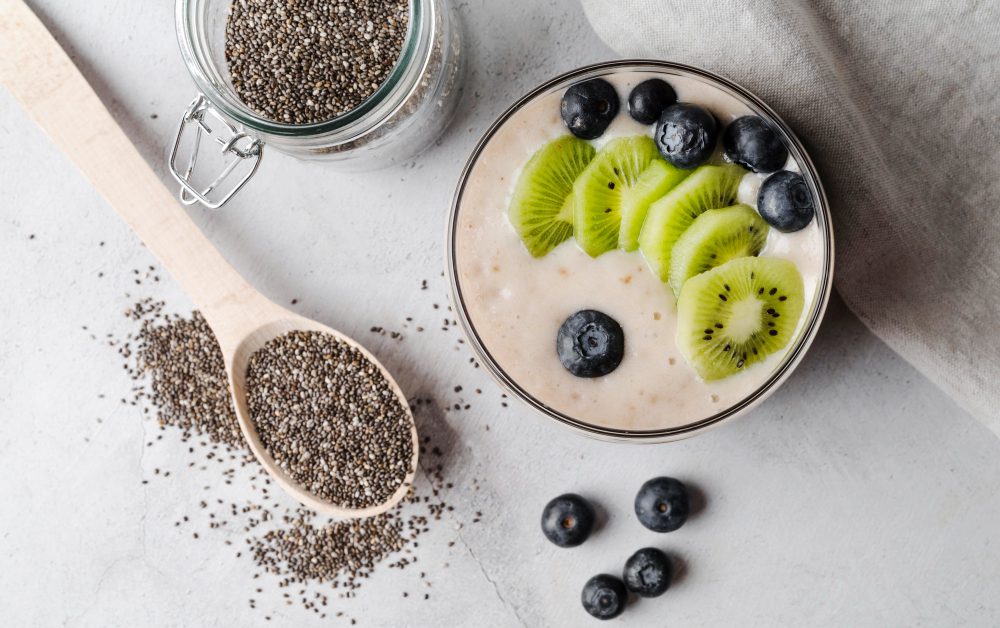
Conclusion
Successfully managing type 2 diabetes takes a balanced, whole-person approach—and among all the tools available, nutrition stands out as one of the most impactful. Adding superfoods to your daily meals can provide your body with vital nutrients and natural compounds that help regulate blood sugar levels and boost overall well-being. Just be sure to consult your healthcare provider before making any significant dietary changes to ensure they fit safely into your treatment plan.
FAQs
Can superfoods replace diabetes medications?
No, superfoods are complementary to prescribed treatments and should not replace medications without consulting a medical professional.
How often should I consume these superfoods?
Incorporate them regularly into meals, aiming for daily inclusion while maintaining a balanced diet.
Are there any side effects?
Generally safe when consumed in moderation, but individual responses may vary. Monitor for any adverse reactions.
Can these superfoods prevent type 2 diabetes?
While they can help reduce risk factors, they should be part of an overall healthy lifestyle that includes regular exercise and effective weight management.
Is it safe to consume multiple superfoods simultaneously?
Yes, combining them can be beneficial, but ensure an overall balanced diet and consult with a healthcare provider if you are unsure.
Do I need to buy organic versions?
Organic options may reduce exposure to pesticides, but non-organic versions still offer nutritional benefits.

